Life is a collision of old and young. When you’re young, all you do is dream of being old; when you’re old, you often reminisce about being young. We can’t have it both ways, but we always want it both ways.
For some reason, eleven was the age for me when I was E’s age. It just seemed like the perfect age. Perhaps it was because eleven is the nearest age with repeating numbers — 11 is cool, and 22 seems so far off as to be impossible.
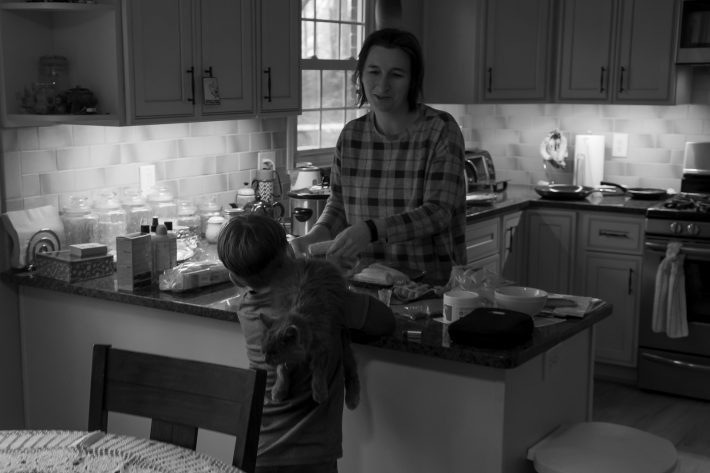
Of course, when I was in middle school and high school, I couldn’t wait to be sixteen. There was nothing about how the numerals 1 and 6 looked juxtaposed — it was just the relative freedom of having a driver’s license, even if one didn’t have a car.
Eighteen meant adulthood, voting, and the like; twenty-one meant drinking; twenty-five meant a quarter century. And then suddenly, I really didn’t care about age. It just didn’t seem to matter. And then, age began bothering me, slightly. I turned thirty and realized, “Hey, I am so far from being a kid now that I can’t even pretend anymore.”
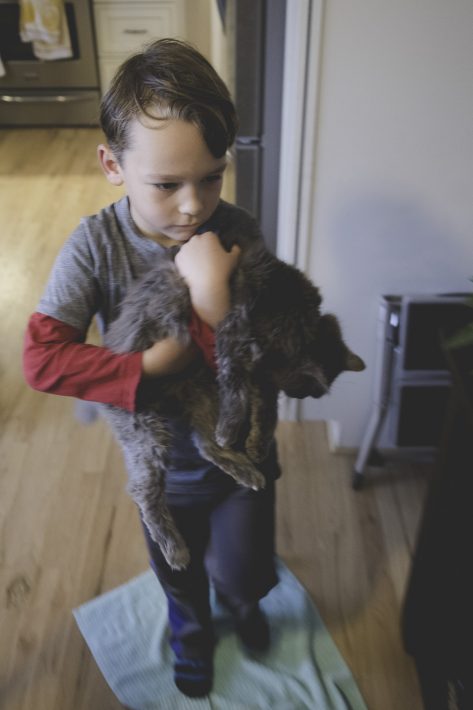
I know this extends into my near future and distant future: I’ll be 50 before I know it, and then 60, and so on. But at this point, what’s the point of thinking about it except to take stock in one’s life and ask, “Is this how I want to be at age 45?” Couldn’t I be in a bit better shape? Couldn’t I spend my time a little more wisely, a little more conscientiously?
All this is brought into sharp relief by the fact that Nana is in rehab, a dear friend is struggling with cancer, and most of my peers and I are getting to the age that such worries are realistic worries or even realities.
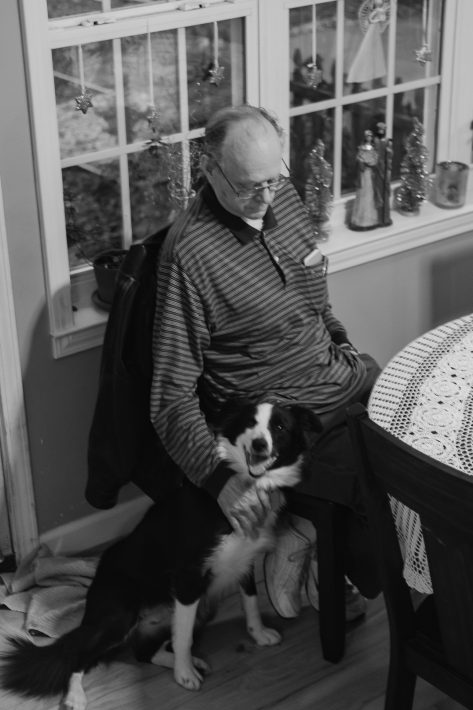
And so I’ve begun jogging. I haven’t run (without being chased) since I was in high school. I stopped after my freshman year because I developed what was diagnosed as shin splints but which still occur, thirty years later. Are shin splints a permanent condition? I could ask the internet.
Shin splints result when muscles, tendons, and bone tissue become overworked. Shin splints often occur in athletes who’ve recently intensified or changed their training routines.
That doesn’t sound like me. Instead of worrying much about it, I went out and bought good running shoes and began running. Well, running for a bit and then walking as the burning along the sides of my lower legs becomes too great. Apparently whatever condition I have in my legs is still there, thirty years later.
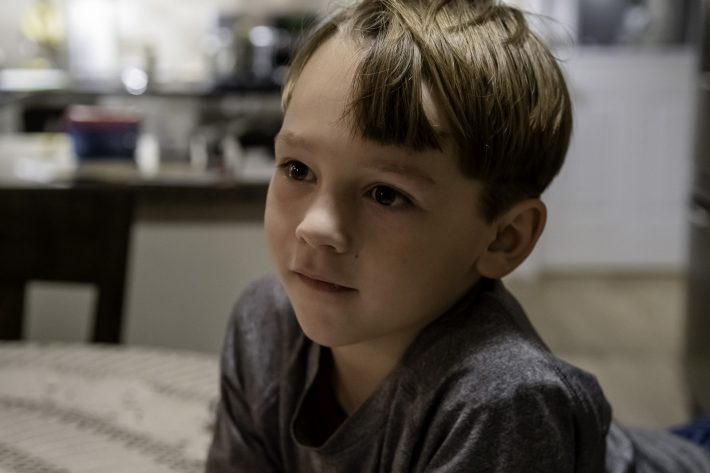
Here’s where the intersection of youthful recklessness and approaching-middle-aged cautiousness meet: do I stop or do I push through the pain? Right now, youthful recklessness is winning, and for a couple of nights now, I’ve just pushed through the pain, walking when it intensifies, running again when it goes away. And besides, that sweet burning in the quads hours later that tells you you’re getting stronger — that’s too good to give up.
But I think back on the day, remembering the time we spent at the local trampoline park, the Girl learning some new tricks,
and my response to the question, “Will you be jumping, too?” and I realize that tension is as strong as ever. Would I have liked to jump? Not really. Every time I jump on our own trampoline in the backyard, the jarring makes my back ache. Would I like to jump with my kids? That’s an entirely different question, but I decided to sit it out because of my worries about a sore back or worse later.
And yet, a few hours later, I went for a run knowing very well what might happen, knowing very well that if it did happen, I was going to push through the pain as much as possible.
Young and old, old and young — the eternal conflict in us all.
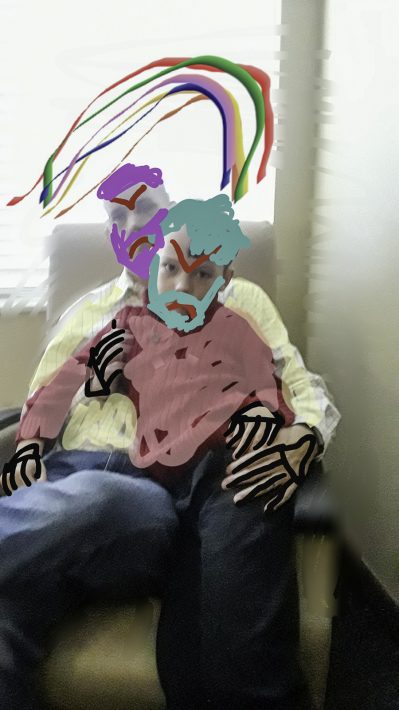
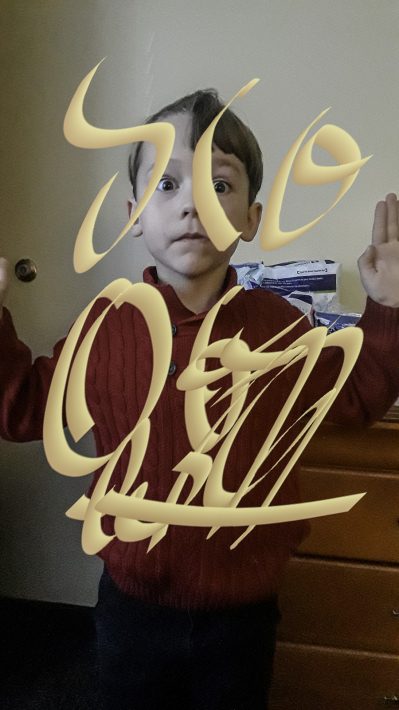
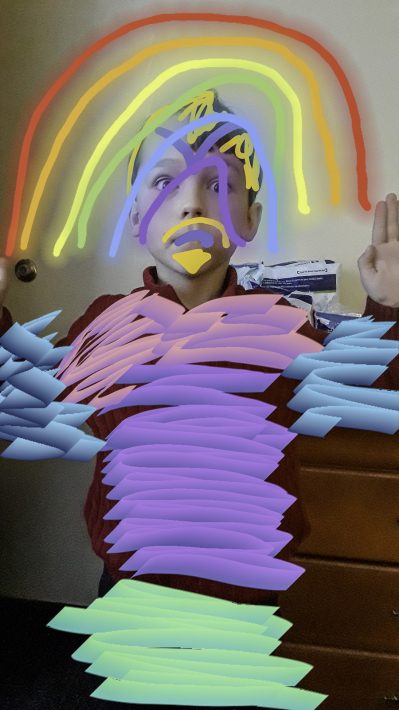

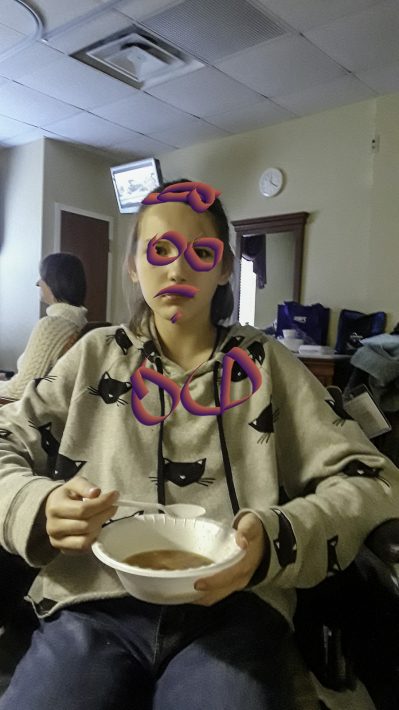
Old and Young
I learned something this month: sometimes you feel perfectly strong and capable of doing all that you could before that you almost forget your age. Until something gives out, quite unexpectedly. (In my case: a knee after sprinting through Europe seven hours a day, several days in a row.) But the question of working against pain is complicated. I refused to give in to what appeared to be stretched ligaments. So I ignored the signs of trouble. And made things a heck of a lot worse.
I think you can’t give in to thinking ageist thoughts. But had I researched knee injuries, I would have known to take it easy for a while. Now I have to take it easy for a much longer while! :)
That was my concern as well, but when I remember what that burning was like in high school, I remembered that it never got worse, never got better. It’s just there.
Next time I’m at the doctor, I’ll ask about it, or if it begins showing up when not running, I’ll stop. Until then, I’m running. Tonight, E joined me. We did half a mile together; I did another 2.5 afterward. My quads are killing me, and I love it.